I was born into a farming family in rural southern England in 1950. I arrived during the “post-war” years. While I have no specific dietary memories from those early years, I distinctly remember food rationing and going to the store with my mother, coupons in hand, to buy things like sugar, flour, bread etc. Considered stables back then, things I avoid today.
My early years were active and outdoors in nature. I remember being considered small, short and skinny in those days. During my school days, I was active in many different sports, soccer, cricket, tennis etc. However, things changed around 13 years of age when I discovered the sport of cycling. For five years I was competitively involved in all disciplines, time trials, track, road racing and cyclocross. I trained 5 or 6 days a week and competed at least twice a week. I was burning vast amounts of calories, and best I can recall I was ingesting large quantities of carbs. When I entered the workforce at 18 I took a couple of years off “sports” concentrating on my career, as a computer programmer. Around the age of 20, I discovered the sport of squash. I then spent the next ten years playing competitive squash at a pretty high level around the country. Again a six-day a week activity requiring a massive amount of calories to fuel my activities. While carbs were pretty high on the list, the super carb beer became a primary fuel source also. Things changed again when I was 31 and got married. I retired from squash and played occasional golf as my only sporting activity.
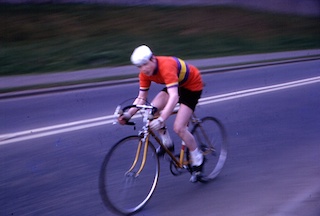 |  |  |
| Cycling in my teens | Squash in my 20’s | Partying in my 30’s |
So, in summary, for my first 30 years or so, I was lean and fit and very active. I ate reasonably well by virtue of easy access to pastured protein and organic vegetables. Fast food did not exist at that time, at least not in England. So I am happy to say, I was not introduced to it at an early age and had an immediate aversion to it a soon as I was aware of it — something I have maintained to this very day. So generally speaking a reasonably healthy dietary and active lifestyle.
The next five years or so had plenty of stress associated with them as I climbed the corporate ladder and took advantage of all the perks dietary and otherwise, that the world had to offer: a not particularly active period of my life and no attention paid to diet whatsoever, other than pretty much everything to excess.
At 36 years of age, my life changed in a significant way. My wife and I emigrated to America, and I started a new life as a high profile executive traveling and working in 35 countries over the next 14 years. All the first class trappings of a such a position were fully appreciated and indulged in, and my physical activity was restricted mainly to getting on and off airplanes eating and drinking and the occasional round of golf. So this was probably the start of my journey into a less than an
This period of 30 years or so had me trying out all sorts of “diets” and exercise activities to keep myself in what I considered a fit and healthy lifestyle. The Scarsdale diet and the Zone diet and a 30-day juice diet were the three I remember most. Then as I started to actively think of myself as a bodybuilder, I ate higher protein diets. In fact, I got so interested in the whole workout scene I became a Certified Person Trainer and helped others achieve their fitness goals also. While I never got into the Atkins diet, my diet at that time was similar. Like all diets that are destined to fail, I would have a level of success, maybe a reduction of 20 pounds or more then put it all back on and more. During this time period normal life stressors would crop up and I would lose all interest in my new found lifestyle and revert back to a largely sedentary lifestyle and eat and drink too much and not get enough sleep. There is nothing particularly unusual about this period of my life and associated lifestyle, in fact, it might even be considered normal by today’s standards, sad as that may sound. So this deterioration continued for some period of time. For the last two years or so of that time, I kept telling myself I’ve got to get in shape, I’ve got to get in shape. From previous experience, I knew that I had to have my head in the right place to successfully embark on another lifestyle clean up program. The breaking point came one day when I was at my country club preparing to go out for a round of golf. I had noticed for some time I was getting out of breath just tying my golf shoelaces. I thought to myself, how can I be so out of shape I can’t do something so simple without getting out of breath?
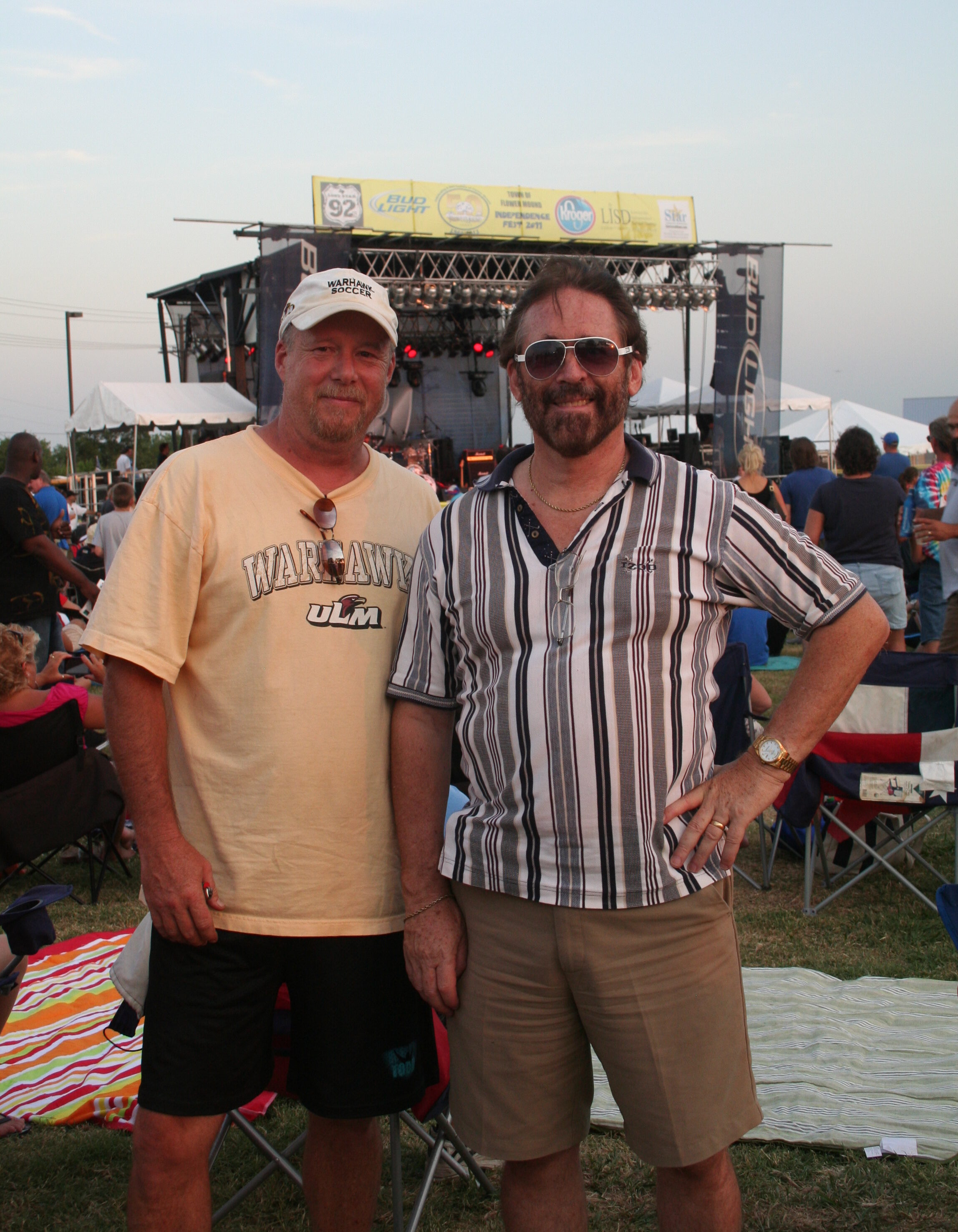 |  | 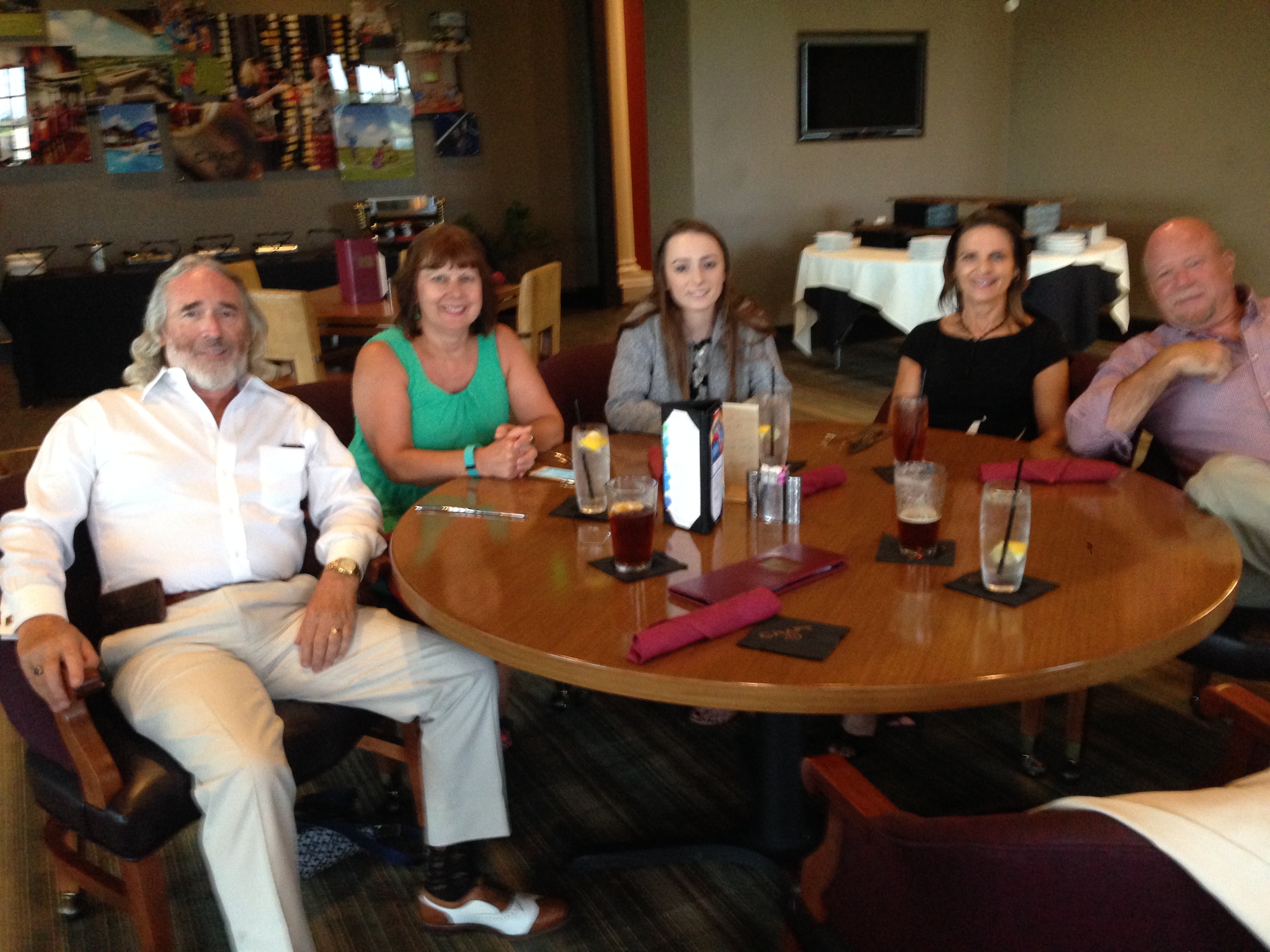 |
| Fat boy in my 50’s | Fat boy in my 60’s | Fat boy in my 60’s |
This was the start of a significant change in my life on many fronts it was November 2017, and I was almost 68 years old. What happened next resulted in a physical, mental and spiritual transformation that culminated in my Be Lean For Life protocol.
At the beginning of November, I decided that my initial foray into my new world was going to be based on the Whole 30. It appeared like a pretty stringent protocol so I decided I would spend November and December prepping for it and start for real on January 2, 2018. There were two reasons for this, 1) it warned against getting started when you knew you were going to have some culinary challenges during your 30 day period. That particular period included Thanksgiving, Christmas and New Year which just happened to be my birthday. During this period I started “cutting back” on carbs, grains, legumes, industrial oils, dairy and alcohol. My objective here was to slowly make some dietary adjustments, cheat without guilt and alleviate any big adjustment reactions when I started in vain. That all progressed nicely, I was losing weight, as it happens about 17 lbs surprisingly, as I didn’t think I was going that crazy. January 2 comes around and I start the whole 30 in earnest. I decided to do it for 60 days rather than 30. My reasoning being if 30 days is good 60 days must be twice as good, right? I followed the protocol precisely as I am want to do,
Upon my return I continued to eat in a Whole 30 friendly way meanwhile I stumbled upon the concept of nutritional ketosis. I was first introduced to this concept in Mark Sisson’s book The Primal Blue Print. I was intrigued by the topic of ketosis and further began to learn that a healthy fit lifestyle depends on considerably more than what you eat, although that was a huge component. To cut a long story short, over the next six months or so I started some serious research of my own. I read almost 50 books which are in my library tab and I watched hundreds of videos and documentaries, the more significant of which are scattered throughout my website. I also started reading medical research papers and comparing their conclusions with other sources of data I was collecting. The net result of all this was I felt I needed to put all this new found knowledge to good use and help others achieve the remarkable results I had as a way of giving back. That is how the Be Lean For Life protocol was born.
I continued to make great progress in all 10 pillars of the protocol and reached a body set point of 137lbs a reduction of 45lbs and a body fat percentage of 11%. I also had a six pack and good muscle definition to boot. Not bad I thought for a 69-year-old!
 |  | 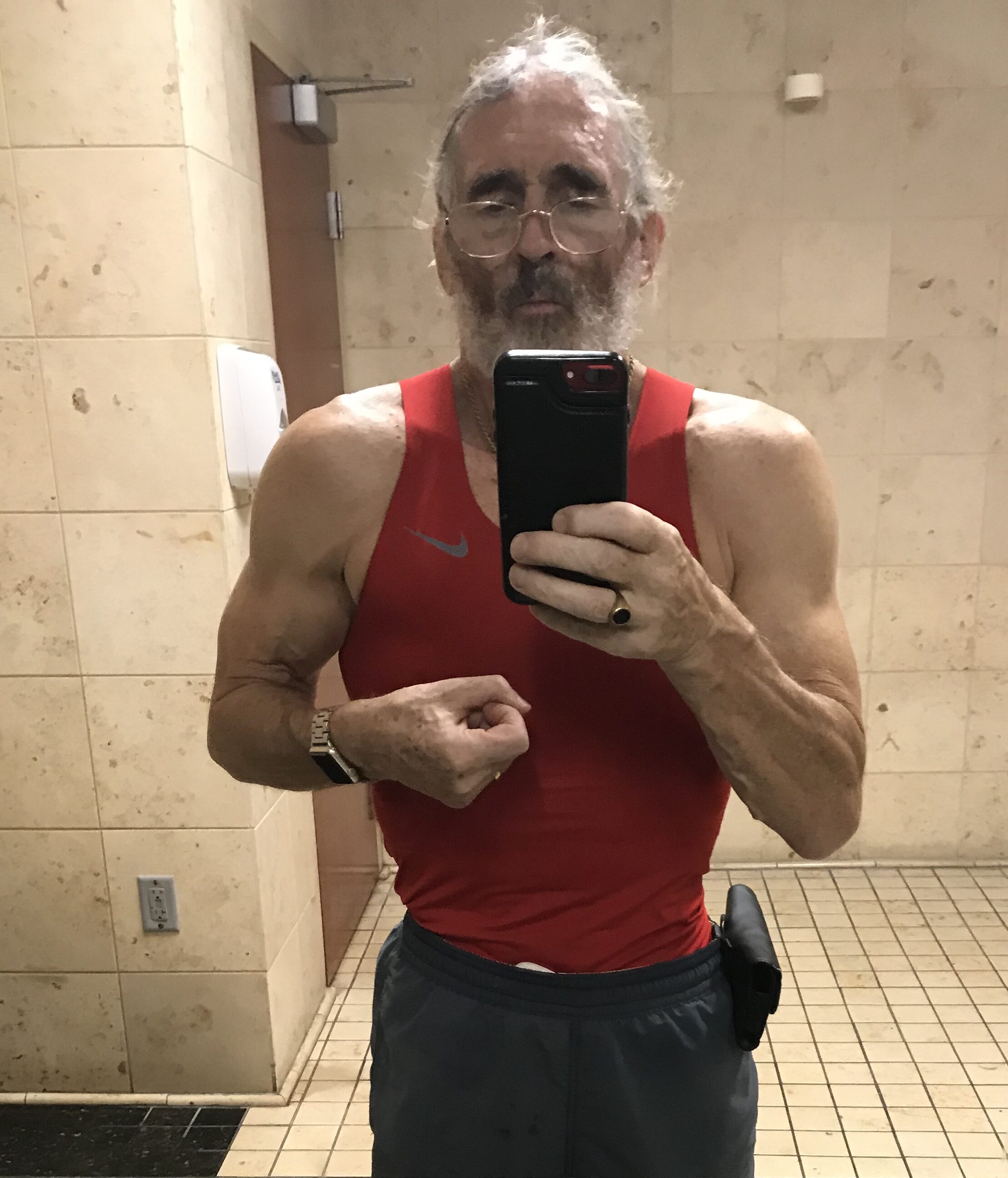 |
| Now aged 69 | Now aged 69 | Now at aged 69 |
I don’t tell my story here to brag, but rather to inspire you as a reader to join me on this exciting ride and transform your life. Through my program, I am available to help you and look forward very much to meeting you and observing you transform your life also.
I have listed below some certifications I have accumulated to serve you better in my role as Life Style Coach. In 2008 I became a Certified Personal Trainer, helping others to reach their Fitness goals, and more recently I became a Certified Primal Health Coach, and received a certification from The University of Chicago in Neurobiology.

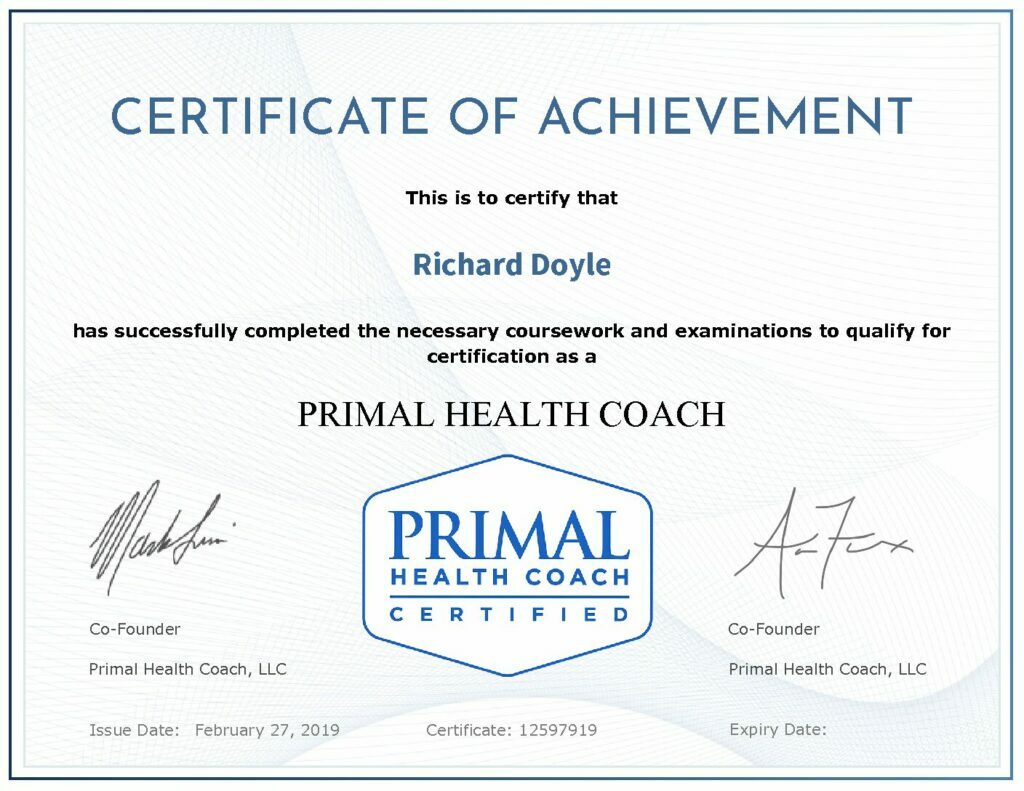

To this point I have invested in over 100 hours of professional instruction, 400 hours in reading material and watched over 100 hours of videos
I have to give credit to a number of people, without whom, arriving at this point in my life would not have been possible. These folks have acted in the role of mentors and supported me and encouraged me throughout this process:
Dr.Ken Berry


Recent Comments